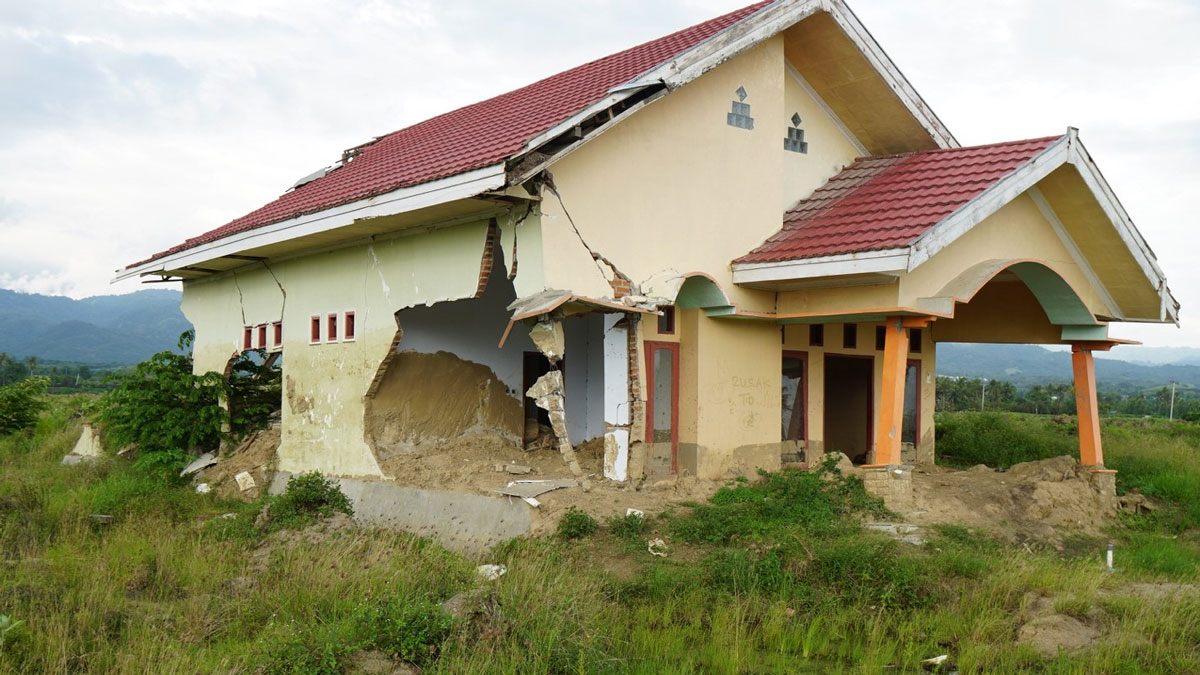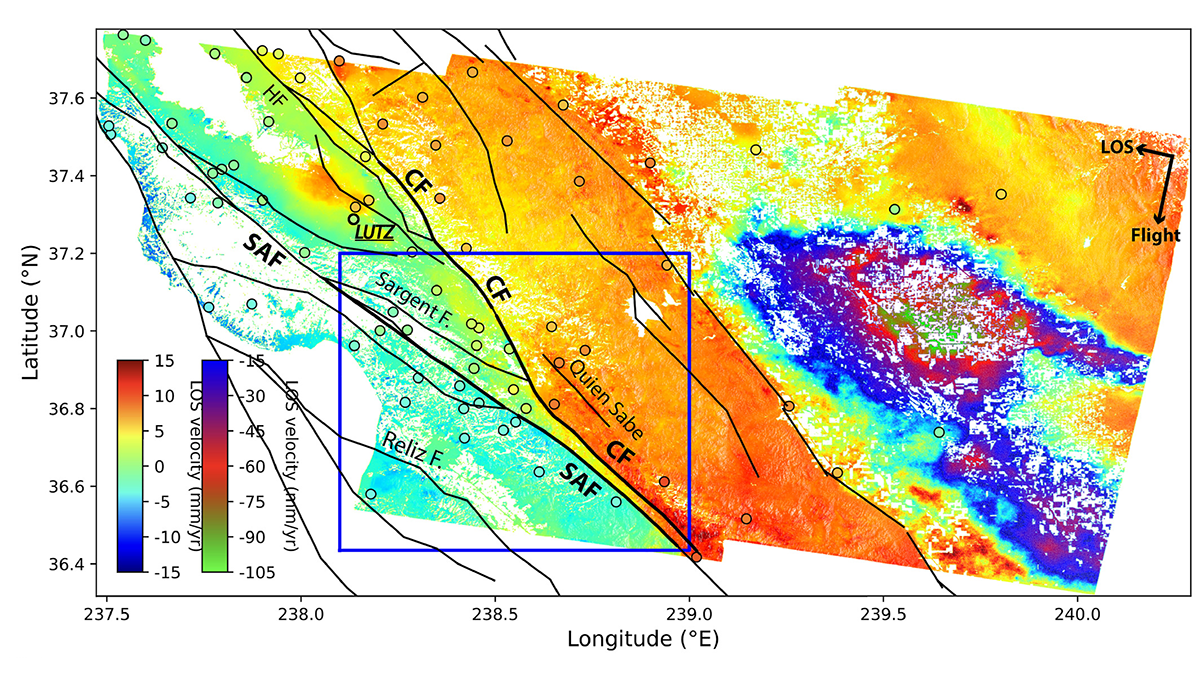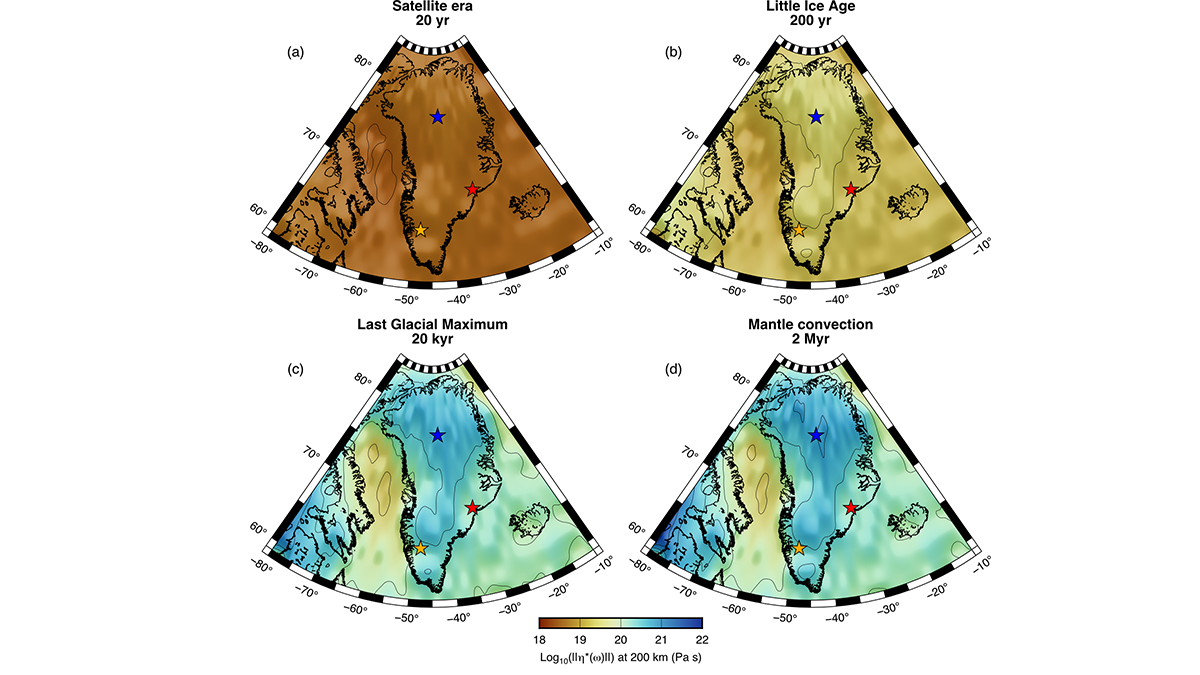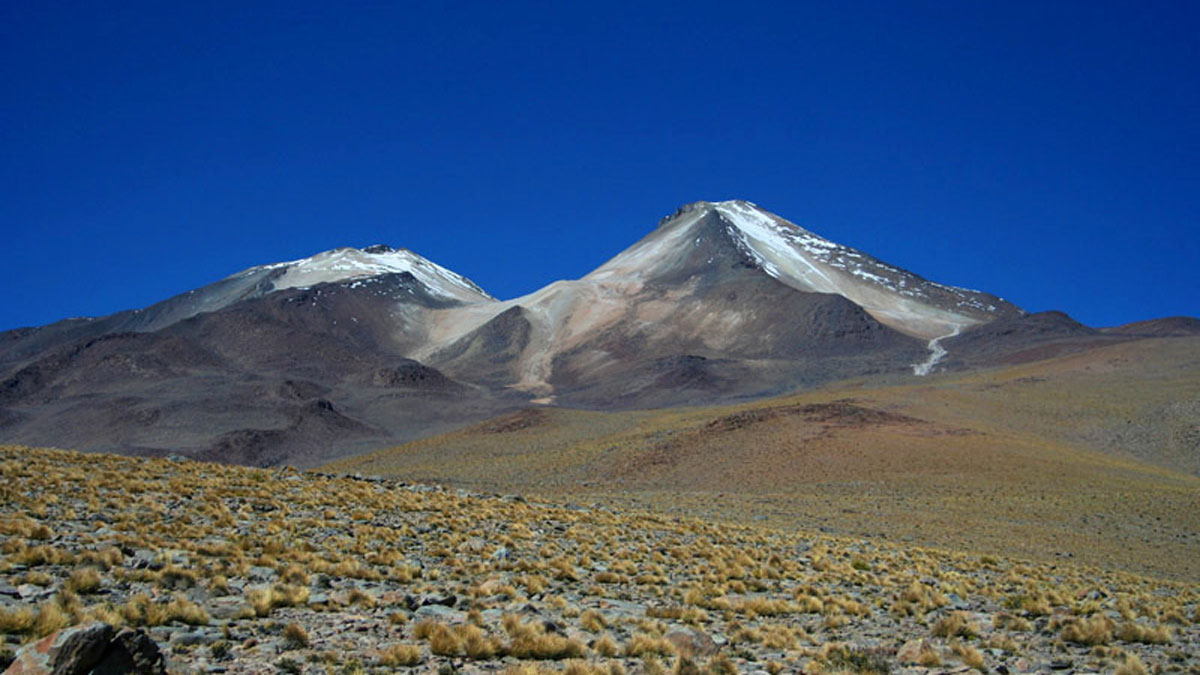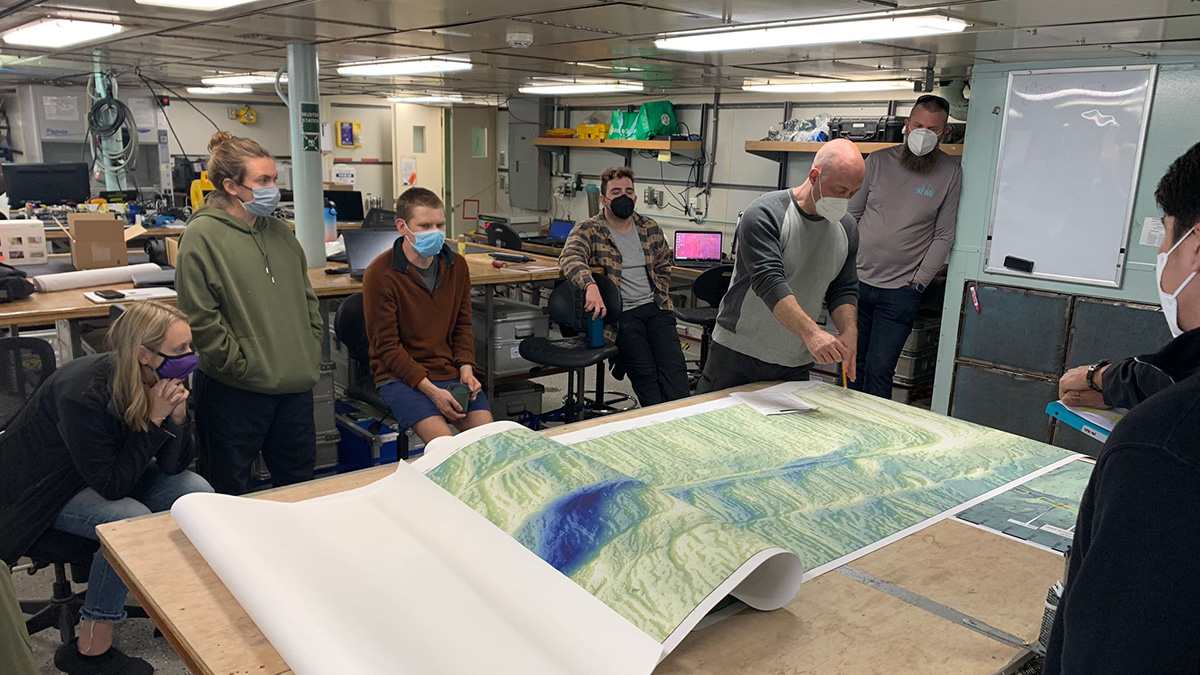Controlled arrest and re-nucleation of laboratory earthquakes reveals nucleation processes unapproachable by traditional linear elastic fracture mechanics.
seismology
A Common Language for Reporting Earthquake Intensities
Scientists are working together to establish a standardized international scale for measuring and reporting the intensities and impacts of earthquake shaking.
Felt Reports Could Shake Up Earthquake Response
Firsthand accounts of earthquake impacts could aid in identifying people who require help as well as increasing safety in some areas.
Delta Degradation Leads to Exacerbated Greenhouse Gas Emissions
Seismic ship surveys and seabed elevation maps of the Yangtze subaqueous delta reveal how the reduction of sediment supply to the coastal ocean can trigger increased greenhouse gas emissions.
Radar Satellites Capture Subtle Slip Evolution on Faults
A five-year time series from radar satellite imagery tracks surface slip on major faults in the San Francisco Bay Area, capturing subtle velocity variations and controlling factors.
4D Viscosity Constraints from Greenland
The mantle’s resistance to flow appears different for glacial and plate tectonic timescales but this behavior can be reconciled with new thermo-mechanical models of the asthenosphere.
Mapping the Fizzy Brines and Fluid-Filled Fractures Below a Volcano
Seismic tools reveal where hydrothermal fluids lie beneath the Uturuncu volcano in Bolivia and hint at their composition.
Observing a Seismic Cycle at Sea
Scientists organized a trio of expeditions to document the buildup of stress leading to a large earthquake on a seafloor fault, developing innovations for successful seagoing research in the process.
Accounting for Offbeat Earthquakes Could Improve Forecasts
A new model considers the full history of earthquakes on a fault, improving forecasts of when the next will strike.
Crystals Track Magma Movement Beneath Iceland
Crystals from Fagradalsfjall’s eruption mark how mantle magma might have been moving years before geophysical indicators alerted scientists to unrest.



